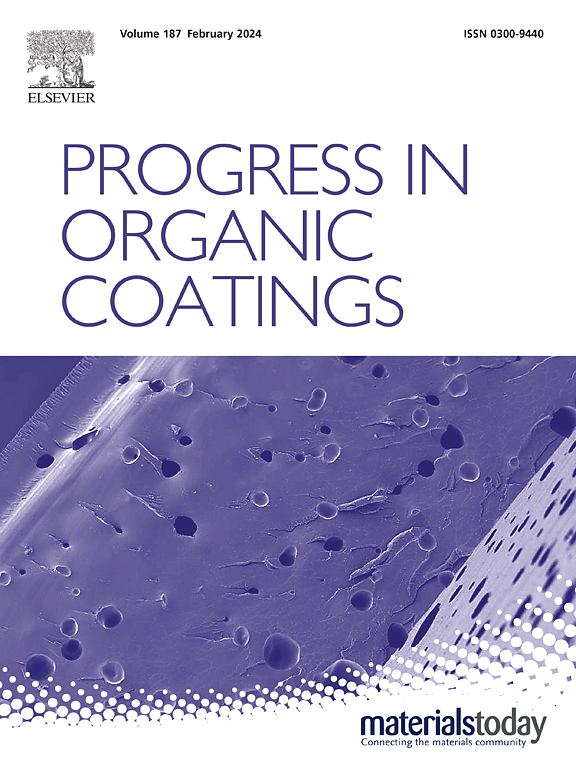Self-doped alcohol-soluble small molecules as cathode interface layers for organic solar cells
IF 6.5
2区 材料科学
Q1 CHEMISTRY, APPLIED
引用次数: 0
Abstract
Studying interfacial engineering is crucial to developing organic solar cells (OSCs). Herein, we report a novel, alcohol-soluble, self-doped small molecule, 3,3′-(indolo[3,2-b]indole-5,10-diyl)bis(N,N-dimethylpropan-1-amine) (IDID1), which features a backbone composed of two linked indole units and two nitrogen-containing carbon chains as side chains. The nitrogen-containing side chains impart a polarity, making it soluble in polar solvents such as methanol, thereby enhancing its environmental compatibility. Notably, IDID1 forms an interfacial dipole layer, which effectively reduces the work function (WF) of the Al electrode. Furthermore, an n-type self-doping effect is observed in IDID1, which is attributed to the transfer of the lone pair of electrons present on the nitrogen atoms to the central conjugated unit. The self-doping effect has been empirically demonstrated to significantly enhance the electron collection efficiency and transport capacity, thereby ultimately resulting in an increased electron mobility. In the present study, orthotropic devices were fabricated utilizing IDID1 as the cathode interfacial layers (CILs). The optimal performance of the devices was achieved at a IDID1 concentration of 0.6 mg·mL−1, with a power conversion efficiency (PCE) of 8.88 %. This represents a 175 % improvement in performance compared to devices without CILs.

求助全文
约1分钟内获得全文
求助全文
来源期刊

Progress in Organic Coatings
工程技术-材料科学:膜
CiteScore
11.40
自引率
15.20%
发文量
577
审稿时长
48 days
期刊介绍:
The aim of this international journal is to analyse and publicise the progress and current state of knowledge in the field of organic coatings and related materials. The Editors and the Editorial Board members will solicit both review and research papers from academic and industrial scientists who are actively engaged in research and development or, in the case of review papers, have extensive experience in the subject to be reviewed. Unsolicited manuscripts will be accepted if they meet the journal''s requirements. The journal publishes papers dealing with such subjects as:
• Chemical, physical and technological properties of organic coatings and related materials
• Problems and methods of preparation, manufacture and application of these materials
• Performance, testing and analysis.
 求助内容:
求助内容: 应助结果提醒方式:
应助结果提醒方式:


